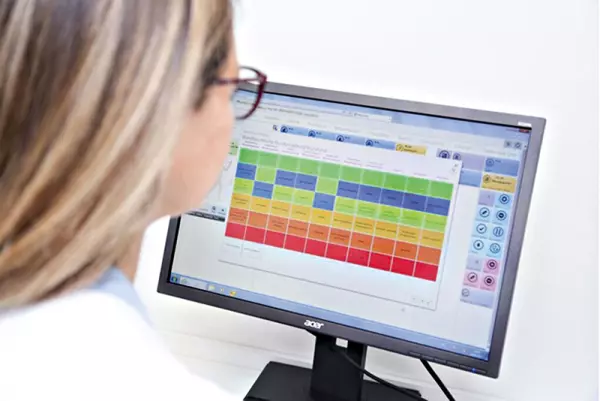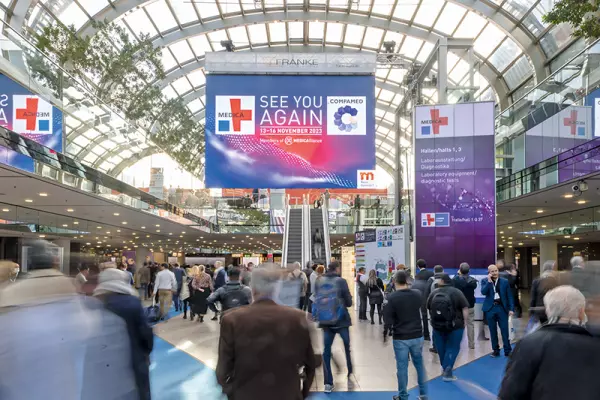
(09/2021) The EU MDR has negative effects on clinical innovations and niche products. This is proven by the MedicalMountains cluster initiative with reference to several testimonials from the medical profession. Tenor: It is five past twelve.
After a corona-related four-year transition period, the EU MDR has been binding since May 26, 2021. Under this set of rules, it has become more time-consuming, longer and at least twice as expensive to bring new medical devices to the market. The MedicalMountains cluster initiative based in Tuttlingen refers to this. Manufacturers would have to collect and document more data, provide evidence and - depending on the risk class and degree of innovation - initiate clinical studies. "Patient protection is always and undeniably the top priority," emphasizes Julia Steckeler, Managing Director of MedicalMountains together with Yvonne Glienke. But if patient protection comes at the expense of progressive patient and supply security, then something is wrong in the system. In this context, MedicalMountains makes a warning to the latest developments that can be observed in everyday medical care. Specifically, it is about promising products and processes that fall by the wayside.
Disappointed medical professionals
Example 1: Among other things, Prof. Dr. med. Brigitte Stiller, Medical Director at the Clinic for Congenital Heart Defects and Pediatric Cardiology at the University Heart Center Freiburg-Bad Krozingen. She refers to an innovative baby stent, a vascular support that grows with the child and that was developed together with a medium-sized medical technology company. Multi-center studies have already been approved, but the additional costs for the company are no longer in proportion to the potential proceeds. “A baby stent is not a mass product; it is used for a handful of interventions per year,” recalls Stiller. The further development rest. Example 2: Operations on the pancreas are high-risk surgery. The state of the art is to divert the flow into the stomach or small intestine. A complicated and at the same time dangerous undertaking. Prof. Dr. Wolfram Lamadé, chief physician for general and visceral surgery at the Helios-Klinikum Pforzheim had an idea: a tissue adhesive could be used at the interface









